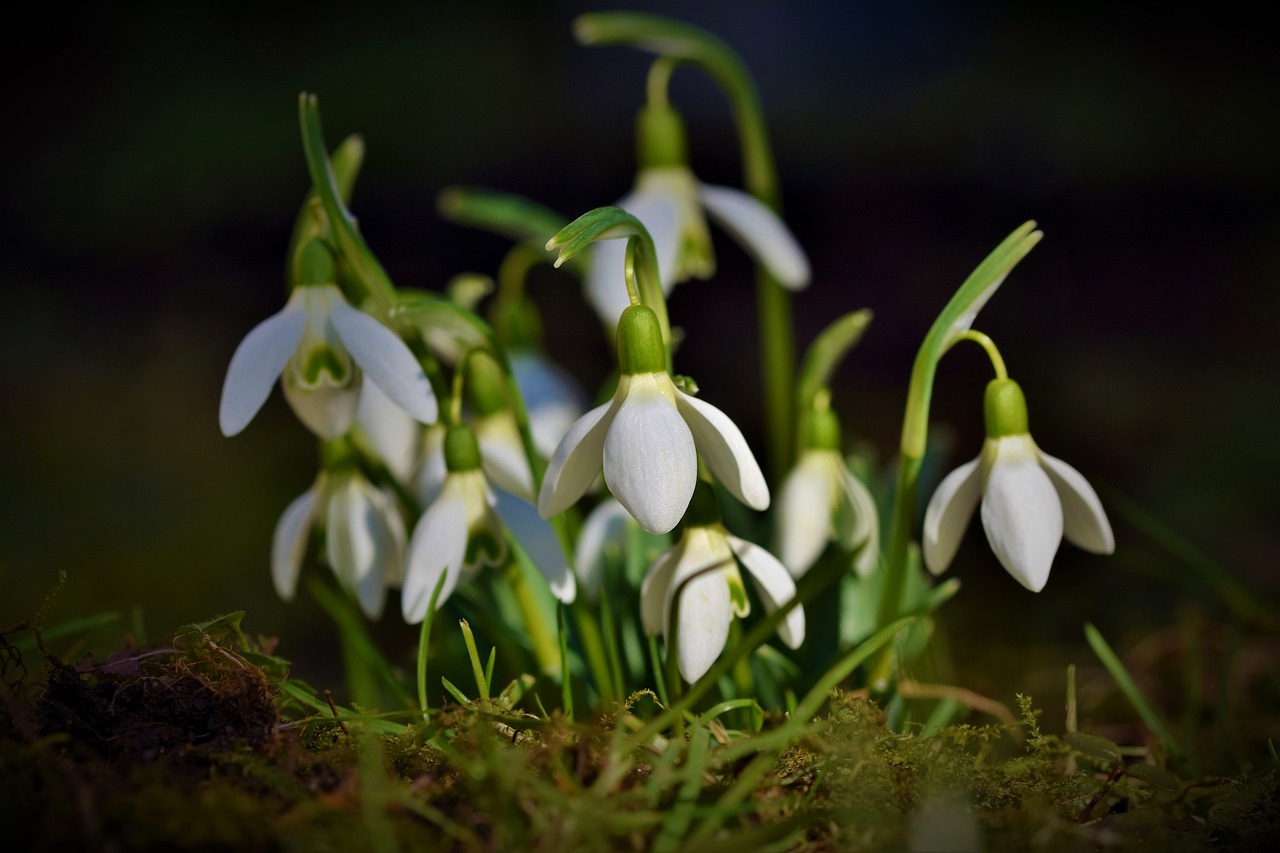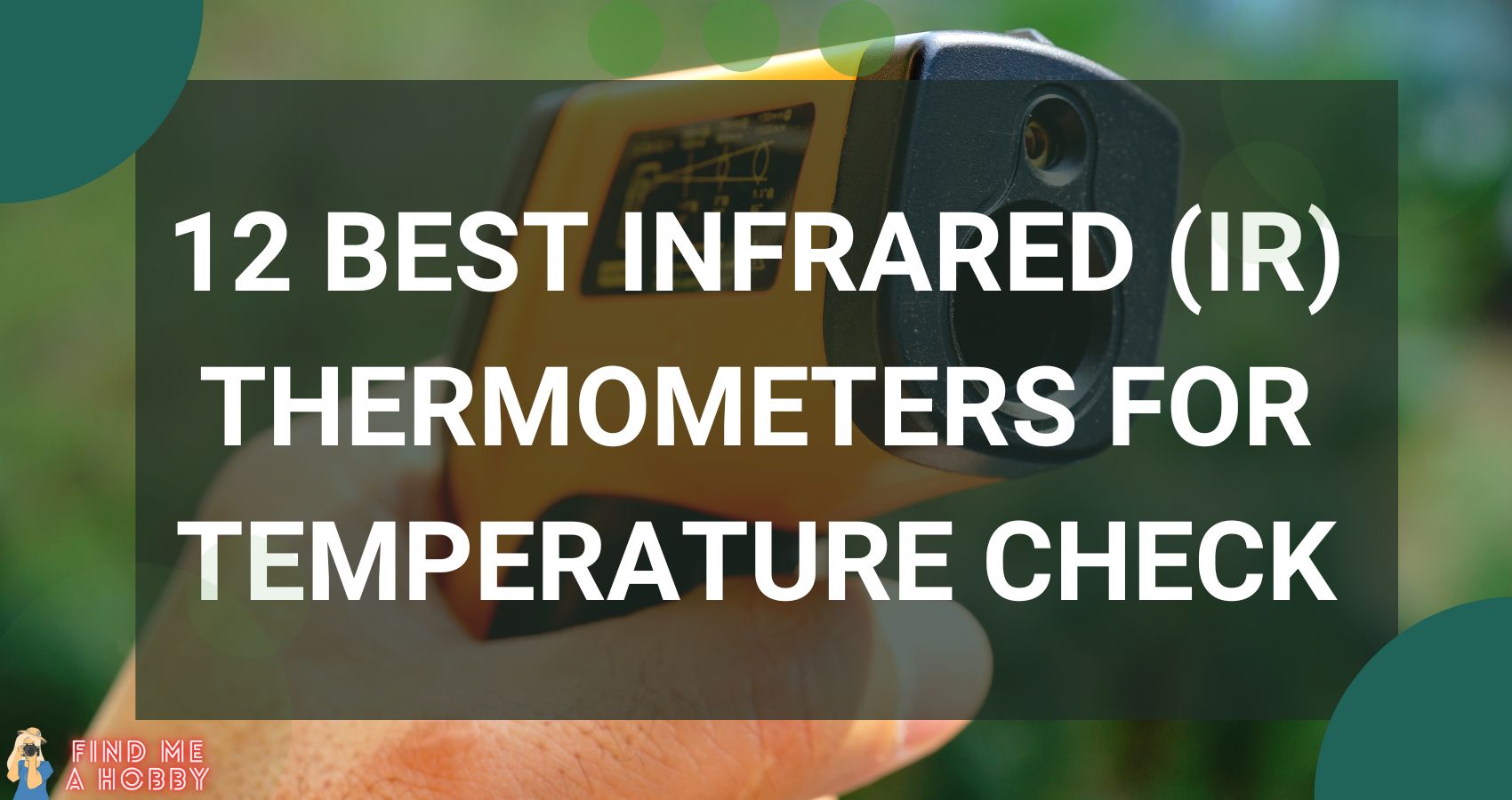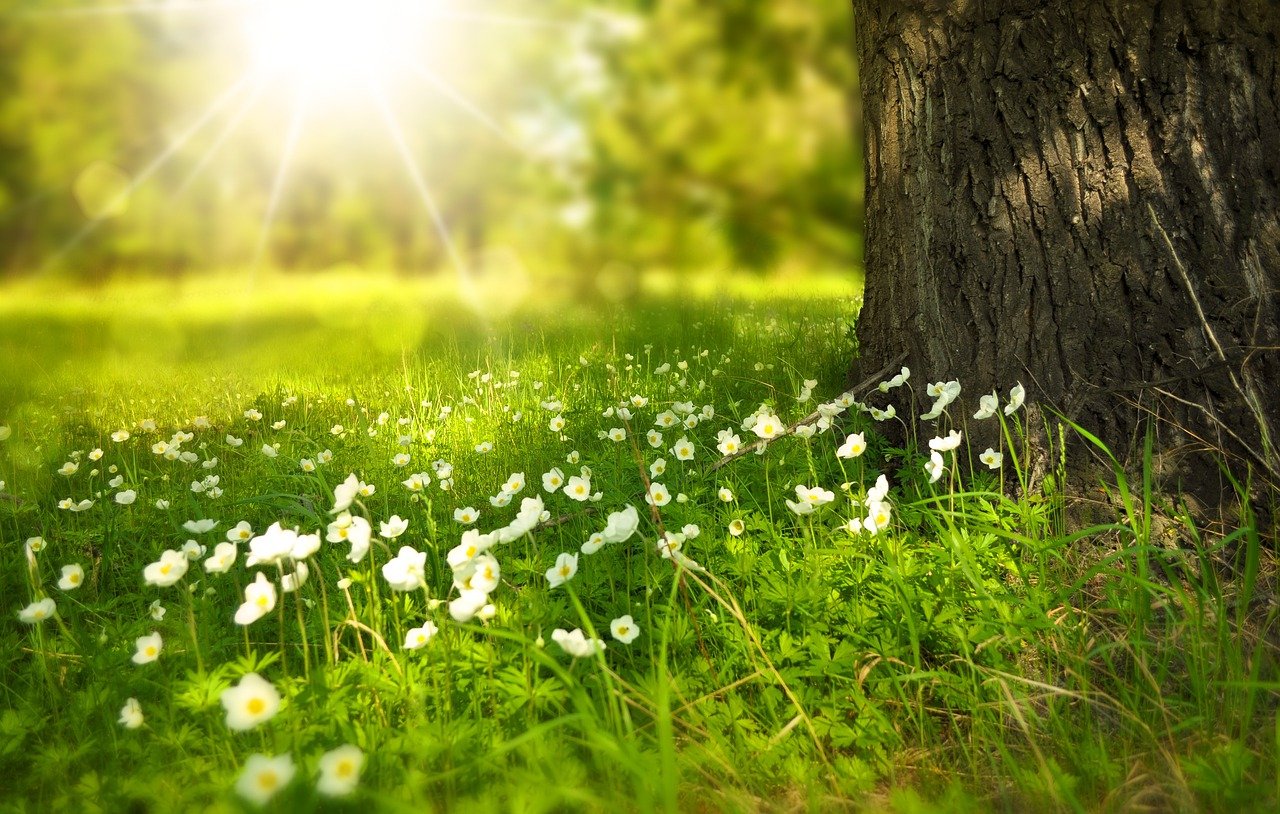How to use a pH Soil Tester and what its purpose is.
There are thousands of plants, shrubs, flowers, vegetables and it’s common sense that for all of them you would need different soil. Vegetables need soil that is richer in compost, but some shrubs need just water.
Also, all of them require different soil pH levels. Maybe it sounds unusual, but before planting anything, you should check your soil. I know many people who are getting angry when their vegetables are not growing or potatoes dying out. They are adding fertilizers, nutrients, overwatering but you could avoid all of this mess with a simple tool – pH soil tester. It will show your soil’s pH level, and you will know what you need to add to your soil.
What is pH soil level?
pH is the level that decides if the plant will grow or not. pH means “potential hydrogen” so it measures how many hydrogen ions are in substance. In much simpler words, it measures how alkaline (sweet) or acidic (sour) your soil is.
The pH tester is showing an acidity level from 0 to 14. If your soil acidity level is below 7 then it’s acidic but if it’s above 7 then it’s alkaline. pH level 7 means the soil is neutral.
But there is a problem in which case you will need to remember school time – the logarithmic scale is used to measure pH. It means that a pH of 5 is ten times more acidic than a pH of 6. It means – if your pH jumps from 6 to 7, then it means your soil acidity level changes 10 times. And if it jumps to eight, it means it changed by 100. Huge, right?
Here are some pH samples – pure water should have pH of 7. Cow’s milk should have pH 6.5 Tomatoes and beer – pH 4.5. Lemons, on the other hand, are very acidic – 2.5 but our stomach acid is 2.0.
Do I need to know the pH level of my soil correctly?
If you are a casual gardener – then you are good with information if it is very acidic, slightly alkaline, very alkaline, or slightly acidic. You don’t need to know more precisely because most of the plants are growing perfectly in a wide pH range. The best range of pH is 6 to 7.5
When I tested my soil, I had a pH of 7.2. It means that some acid-loving plants will grow quite well but the plants who don’t like acidic soil, will need to adapt, and they will adapt, but it will take more time.
Remember, that pH change of 1, is acidity change of 10!
The Best pH Soil Testers Listed
1. XLUX Soil Moisture Meter
[su_button url=”https://amzn.to/3z2mZ2z” target=”blank” style=”flat” background=”#b8ded9″ color=”#000000″ size=”11″ center=”yes” icon=”icon: line-chart” icon_color=”#000000″]View Product![/su_button]
Cheap and very good soil tester. Sometimes shows wrong values, but that’s because the soil is not consistent. To people who keep saying that this tester does not work – try to put in the lemon. It works 🙂
The best thing about this soil tester is that it works as well as more expensive ones, it’s simple, and you can test it everywhere and many times. And you don’t even need batteries!
2. Fivota Soil pH Meter
[su_button url=”https://amzn.to/3i2fcdT” target=”blank” style=”flat” background=”#b8ded9″ color=”#000000″ size=”11″ center=”yes” icon=”icon: line-chart” icon_color=”#000000″]View Product![/su_button]
This soil tester has a 2×1 inch display which has a light so you can test in the dark places also. The tester is rugged and feels high-quality. When you insert this soil tester in the ground it immediately shows temperature, sun intensity and how wet is the soil. But if you press a rear button it shows your pH level.
This tester is powered by a 9V battery which is included in your purchase. All you need to do is to remove the protective battery cover
I think that I don’t need to tell you that sun intensity and how wet the soil is – testing is useless. It shows only in 5 big levels and your soil always will be dry. But pH level it shows very correctly. And don’t push it too hard into the soil, because it’s not that durable.
3. Luster Leaf 1612 Rapitest pH Soil Tester
[su_button url=”https://amzn.to/3yN22Z5″ target=”blank” style=”flat” background=”#b8ded9″ color=”#000000″ size=”11″ center=”yes” icon=”icon: line-chart” icon_color=”#000000″]View Product![/su_button]
I bought this soil tester because the previous landowner was using a lot of fertilizers and chemicals and I wanted to test how bad is it. I do not trust electrical soil testers because chemical reactions can’t be false. This tester comes with ten capsules, so it means you will be able to make 10 tests, but you can order more.
I prefer to buy a couple of these testers that one electrical.
4. Kelway Soil pH and Moisture Meter
[su_button url=”https://www.amazon.com/Kelway-Soil-pH-Moisture-Meter/dp/B003DWAM9Q/” target=”blank” style=”flat” background=”#b8ded9″ color=”#000000″ size=”11″ center=”yes” icon=”icon: line-chart” icon_color=”#000000″]View Product![/su_button]
I had an older version of this tester, and it lasted ten years. 10 years and hundreds of testings. Incredible. So, without any second thought, I bought this one. It’s as perfect as the older one and works like a charm. It measures pH values from 3.5 to 8 and soil moisture from 0% to 100%
I would buy this tester if you want to have a lifetime tester who is always ready to test and is durable. It is better to have one of these, thank buying a new cheap tester each year. And this one does not need anything except pushing in the ground.
Remember – clean the receptor before using it, every time!
Here are pH levels for most common plants
Soil pH for Flowers
| Flower | Preferred pH Range |
|---|---|
| Ageratum | 6.0 – 7.5 |
| Alyssum | 6.0 – 7.5 |
| Aster | 5.5 – 7.5 |
| Carnation | 6.0 – 7.5 |
| Chrysanthemum | 6.0 – 7.0 |
| Columbine | 6.0 – 7.0 |
| Coreopsis | 5.0 – 6.0 |
| Cosmos | 5.0 – 8.0 |
| Crocus | 6.0 – 8.0 |
| Daffodil | 6.0 – 6.5 |
| Dahlia | 6.0 – 7.5 |
| Daylily | 6.0 – 8.0 |
| Delphinium | 6.0 – 7.5 |
| Dianthus | 6.0 – 7.5 |
| Forget-Me-Not | 6.0 – 7.0 |
| Gladiola | 6.0 – 7.0 |
| Hyacinth | 6.5 – 7.5 |
| Iris | 5.0 – 6.5 |
| Marigold | 5.5 – 7.0 |
| Nasturtium | 5.5 – 7.5 |
| Petunia | 6.0 – 7.5 |
| Roses | 6.0 – 7.0 |
| Tulip | 6.0 – 7.0 |
| Zinnia | 5.5 – 7.5 |
Soil pH for Herbs
| Herbs | Preferred pH Range |
|---|---|
| Basil | 5.5 – 6.5 |
| Chives | 6.0 – 7.0 |
| Fennel | 5.0 – 6.0 |
| Garlic | 5.5 – 7.5 |
| Ginger | 6.0 – 8.0 |
| Marjomar | 6.0 – 8.0 |
| Mint | 7.0 – 8.0 |
| Parsley | 5.0 – 7.0 |
| Peppermint | 6.0 – 7.5 |
| Rosemary | 5.0 – 6.0 |
| Sage | 5.5 – 6.5 |
| Spearmint | 5.5 – 7.5 |
| Thyme | 5.5 – 7.0 |
Soil pH for Vegetables
| Vegetable | Preferred pH Range |
|---|---|
| Beans | 6.0 – 7.5 |
| Broccoli | 6.0 – 7.0 |
| Brussels Sprouts | 6.0 – 7.5 |
| Cabbage | 6.0 – 7.5 |
| Carrot | 5.5 – 7.0 |
| Corn | 5.5 – 7.0 |
| Cucumber | 5.5 – 7.5 |
| Lettuce | 6.0 – 7.0 |
| Mushroom | 6.5 – 7.5 |
| Onion | 6.0 – 7.0 |
| Peas | 6.0 – 7.5 |
| Potato | 4.5 – 6.0 |
| Pumpkin | 5.5 – 7.5 |
| Radish | 6.0 – 7.0 |
| Rhubarb | 5.5 – 7.0 |
| Spinach | 6.0 – 7.5 |
| Tomato | 5.5 – 7.5 |
| Turnip | 5.5 – 7.0 |
| Watermelon | 5.5 – 6.5 |
The PH Soil Tester Types
Before testing your soil, you need to choose the right tester. In the market, there are three types of soil ph testers.
- Electronic soil tester
- Testers with probes
- Test strips with indicators
Many plants can adapt to almost any soil pH but if the soil pH goes outside of 6.0 or 7.5, then even dandelions will not grow.
For example – Wild strawberries and dandelions will grow in acidic soil. Queen Anne’s Lace and Chickweed loves more alkaline soil. So you can even tell the pH of your soil by just looking at your weeds.
How to tell the pH of your soil without any testers?
Testing soil for alkaline
1. Take a sample from 5-6 inches below ground in the place where you want to plant something. If your garden is small you can test your soil in all gardens by mixing soil from 4 different spots.
2. Remove from soil anything but the soil. Break up all large clumps.
3. Put 1 cup of soil in a glass container.
4. Add water as much as you need to turn the soil into mud
5. Add half of the cup of vinegar and stir.
6. If the soil foams or bubbles then your soil is alkaline. If the soil does nothing, then test it for acidity.
Testing soil for Acidity
! Take a new sample and clean the glass container before beginning this test.
1. Take a sample from 5-6 inches below ground in the place where you want to plant something. If your garden is small you can test your soil in all gardens by mixing soil from 4 different spots.
2. Remove from soil anything but the soil. Break up all large clumps.
3. Put 1 cup of soil in a glass container.
4. Add water as much as you need to turn the soil into mud
5. Add half of the cup of baking soda and stir.
6. If the soil foams or bubbles then your soil is acidic.
7. If the soil again did nothing, then the soil is in the neutral range of approximately pH 7.
This test works if the soil is really acidic or alkaline, but for more specific tests you need to buy one of the soil testers listed below. That’s necessary if you want to plant susceptible plants and you need to know precise pH levels.
Mostly, the acidic soil you can make neutral by adding lime and alkaline soil by adding sulfur. But how much you need to add depends correction needed.
Conclusion
I hope that you will be able to choose the right soil tester and are more informed about pH levels. If you will test many times and want a device that is always working and is always ready to test, then choose Kelway Soil pH and Moisture Meter but if you want to test one time or you are on a budget, then choose Luster Leaf 1612 Rapitest pH Soil Tester.










